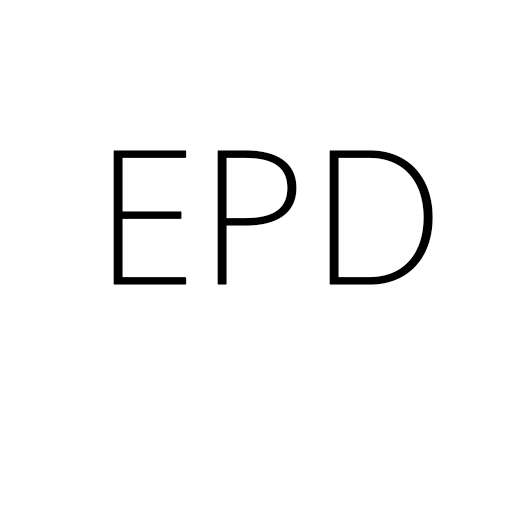As Germany celebrates 34 years of national unification, the chancellor’s choice of location for the national anniversary leaves many wondering how politically harmonious the nation is in the face of a looming 2025 federal election.
Germany marked 34 years of unification on Thursday with German Chancellor Olaf Scholz attending a ceremony in the picturesque Schwerin, a city in the country’s former east.
During a speech delivered at the nation’s northern Mecklenburg State Theatre, the German leader said that Germany’s formerly divided west and east should no longer be distinguished.
This should be especially apparent for “young people”, Scholz said, adding “The life satisfaction of Germans in east and west has largely equalised.”
A testament to this is that “many global technology companies are now also setting up in east Germany,” he explained.
Despite the celebration — marking the end of 40-years of the political Federal Republic and the German Democratic Republic (GDR) binaries — the chancellor cautioned that Germans should never forget this divisive period, which resulted in the “collapse” for many east Germans.
After a flag of German unity was raised for the first time out the front of the Reichstag building in Berlin in 1990, millions of Germans in the east lost their jobs. Millions more were forced to migrate to the west looking for better opportunities.
The 2024 “Setting Sail as One”-themed German Unity Day events aims to highlight this, with Scholz reiterating in his speech this loss must “never be forgotten”. But the location of the commemoration also poses a potential prescient warning: that the country risks being split once again, and on ideological lines.
The salience of Schwerin
Schwerin is the capital of Mecklenburg-Vorpommern, which comprises of a 79-seat parliament. Almost half of these seats are occupied by one of the country’s oldest and most important political bodies, the Social Democrats (SPD), which includes Scholz as a member.
But the opposition, comprising of a relatively new and powerful political force, the anti-immigrant Alternative for Germany (AfD), is representative of a new far-right shift in the German state.
The populist, Eurosceptic party won 14 seats in the most recent Mecklenburg-Vorpommern parliamentary elections — beating the Christian Democratic Union (CDU) party by roughly 3% of the votes.
On Germany’s Unity Day, the AfD posted on social media platform X that although the Berlin Wall has been torn down, a new ideological barrier attempts to “divide the country”. This is the federal chairman of the CDU Friedrich Merz, the party said.
“People have long felt the catastrophic effects of established politics in their everyday lives: outdoor swimming pools, discos and streets are no longer safe,” the post said.
“Against this background, more and more citizens are realizing that our country can no longer afford any more ‘firewall’ left-wing governments. The wall must go — and a political change with the AfD must come!”
The CDU retaliated with its own social media post, stating that “unity” was a goal established since the party’s 1945-founding.
The AfD’s meteoric rise is demonstrative of a wider right tilt across the European continent, with recent Austrian, Dutch and European Parliamentary elections showing public appetite is increasing for anti-immigrant, nationalist and fiscally conservative governments.
It is also representative of a growing politically divided population in Germany’s eastern states — particularly pronounced in Saxony, Thuringia and Brandenburg — and showing in recent election results.
The AfD also won a second blocking minority in the east German state of Thuringia early in September, meaning it can now elect constitutional judges in the state.
Weeks later, the AfD garnered the second largest share of votes at the Brandenburg state election, with the contest also drawing the highest voter turnout (73%) since reunification.
These mammoth eastern gains for the far-right track with what the research suggests.
A recent study crunched electoral campaign data to discern AfD’s surging popularity in Germany’s east. Researchers found there was a slightly higher level of nativist and populist sentiment among those in the east compared to the west at the 2017 federal election.
These feelings were particularly prevalent in older citizens, which, according to the research, was also among Germans who developed strong political ideals during 1945 post-war “separation”.
The left and right divide
Another interesting player in Germany’s east is Sahra Wagenknecht of the recently-formed Sahra Wagenknecht Alliance (BSW).
The self-described “left conservative“, and a former member of the Die Linke (Left Party), announced in October 2023 she would start her own political party. Months later, she announced her desire to be part of Germany’s eastern regions’ new governments
BSW ranked third in the holy trinity of German eastern state elections — Saxony, Thuringia and Brandenburg — which is a kind of success that shocked commentators across Germany just as much as the AfD’s recent wins.
Despite the many ostensible differences between the far right and the far left, the AfD and BSW share commonalities on wanting to curb Germany’s military support to Ukraine and clamp down on migration, among other issues.
The parties are also gaining support at the federal level, with the AfD securing 12.6% of the votes at the 2021 national election, making it the third largest party in the Bundestag.
Scholz announced in July he intends to run for re-election in 2025, which has left many scratching their heads whether he and his ruling traffic-light coalition — comprising the SPD’s, the Greens and the Freedom Democratic Party — will be voted-in for another term.
More importantly, many wonder if the traditional ruling major parties, particularly in the country’s east, will survive amid the growing popularity of political polarisation.












